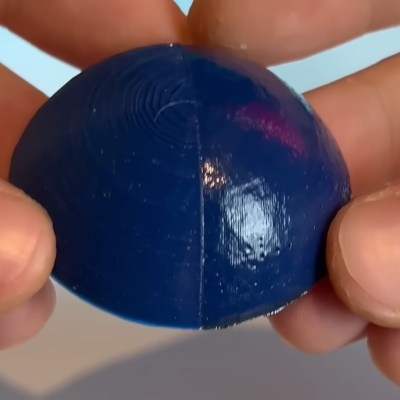USB-C as the “One Cable To Rule Them All” has certainly been a success. While USB-A is still around for now, most of us have breathed a hefty sigh of relief with the passing of micro-USB and the several display and power standards it replaces. It’s not without its minor issues though. One of them is that it’s as susceptible as any other cable to a bit of strain. For that, we think [NordcaForm]’s 3D-printed USB-C cable strain relief is definitely a cut above the rest.
Waxing lyrical about a simple 3D printed model might seem overkill for Hackaday, and it’s true, it’s not something we do often, but as Hackaday writers travel around with plenty of USB-C connected peripherals, we like the design of this one. It’s flexible enough to be useful without resorting to exotic filaments, and since it’s available in a few different forms with curved or straight edges, we think it can find a place in many a cable setup. Certainly more of an everyday carry than a previously featured 3D print. If you want to learn more about USB C, we have a whole series of posts for you to binge read.







 The smoothing process begins at the end of a 3D print and uses non-planar printer movements to keep the laser at an ideal focusing distance. The results proved rather effective, giving a noticeably smoother and shiner quality than an unprocessed print. The smoothing works incredibly well on fine geometry which would be difficult or impossible to smooth out via traditional mechanical means. Some detail was lost with sharp corners getting rounded, but not nearly as much as [TenTech] feared.
The smoothing process begins at the end of a 3D print and uses non-planar printer movements to keep the laser at an ideal focusing distance. The results proved rather effective, giving a noticeably smoother and shiner quality than an unprocessed print. The smoothing works incredibly well on fine geometry which would be difficult or impossible to smooth out via traditional mechanical means. Some detail was lost with sharp corners getting rounded, but not nearly as much as [TenTech] feared.









